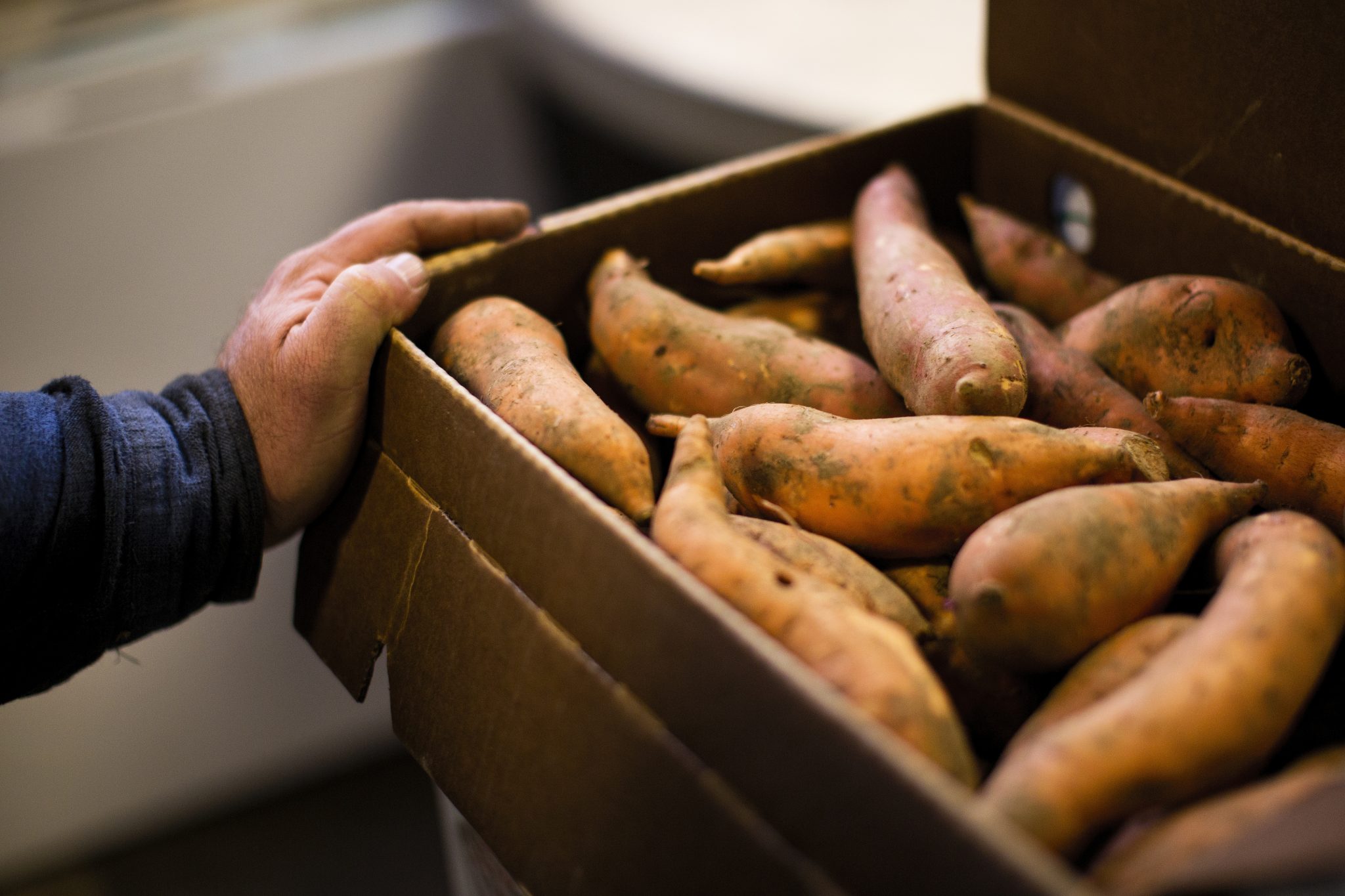

Articles
How To Store Sweet Potatoes Long Term
Modified: January 6, 2024
Learn how to store sweet potatoes long term with these helpful articles. Discover the best methods to keep your sweet potatoes fresh for extended periods.
(Many of the links in this article redirect to a specific reviewed product. Your purchase of these products through affiliate links helps to generate commission for Storables.com, at no extra cost. Learn more)
Introduction
Sweet potatoes are a popular and versatile vegetable that can be enjoyed in a variety of dishes. Whether you grow your own sweet potatoes or buy them from a local market, it’s important to know how to store them properly to ensure their long-term freshness and flavor.
By following a few simple steps, you can store sweet potatoes for an extended period, allowing you to enjoy their delicious taste and nutritional benefits throughout the year. In this article, we will guide you through the process of storing sweet potatoes long-term, from harvesting and curing to selecting the right storage location and preparing them for storage.
Properly stored sweet potatoes can last for several months, minimizing waste and ensuring that you always have this nutritious vegetable on hand. So, let’s dive into the details and learn how to store sweet potatoes for the long haul!
Key Takeaways:
- Preserve the freshness and flavor of sweet potatoes by following simple steps from harvesting and curing to selecting the right storage location. Enjoy their nutritional benefits year-round with proper long-term storage.
- Regularly inspect and utilize stored sweet potatoes in various dishes to maintain their quality and flavor. Get creative in the kitchen and savor the versatility of this nutritious vegetable.
Read more: How To Store Russet Potatoes Long Term
Step 1: Harvesting Sweet Potatoes
Harvesting sweet potatoes at the right time is crucial for their long-term storage. The best time to harvest sweet potatoes is typically in the fall, before the first frost hits. Here’s how to properly harvest your sweet potatoes:
- Timing: Wait until the vines have turned yellow or brown and have started to wither. This is a sign that the sweet potatoes have reached maturity and are ready to be harvested.
- Loosening the soil: Use a garden fork or shovel to gently loosen the soil around the sweet potato plants. Be careful not to damage the tubers as you dig.
- Removing the tubers: Gently lift the tubers out of the ground, being careful not to bruise or break them. Shake off any excess soil, but do not wash the sweet potatoes at this stage, as moisture can promote decay during storage.
- Curing the sweet potatoes: Once you have harvested the sweet potatoes, they need to go through a process called curing. Curing allows the sweet potatoes to develop their flavor and texture while extending their shelf life.
By following these steps, you can ensure that your sweet potatoes are harvested at the right time and are ready to be cured for long-term storage. Let’s move on to the next step: curing the sweet potatoes.
Step 2: Curing Sweet Potatoes
Curing sweet potatoes is an essential step in the storage process. It helps to firm up the skin, heal any minor cuts or bruises, and convert the starches to sugars, making them sweeter and more flavorful. Follow these steps to properly cure your sweet potatoes:
- Drying: Lay your freshly harvested sweet potatoes in a single layer in a well-ventilated area. This can be a covered porch, garage, or even a shady spot in your garden. The temperature should be around 80-85°F (27-29°C) with a humidity level of 80-90%. Allow the sweet potatoes to cure for about 10-14 days.
- Turning: Every couple of days, gently flip the sweet potatoes to ensure even drying and curing. This helps to prevent any moisture build-up and promotes uniform sugar distribution.
- Storage preparation: After the curing period, remove any excess dirt or loose skin by brushing the sweet potatoes very gently with a soft brush or cloth. Do not wash them as this can introduce moisture, which may lead to decay during storage.
Curing not only improves the flavor and texture of sweet potatoes but also toughens the skin, providing a protective layer that helps prevent rot and prolongs their shelf life. Once your sweet potatoes are properly cured and prepared, you can move on to the next step – selecting the right storage location.
Step 3: Selecting the Right Storage Location
Selecting the right storage location for your sweet potatoes is essential to ensure their longevity. Here are some considerations to keep in mind when choosing a storage location:
- Temperature: Sweet potatoes prefer a cool storage environment of around 55-60°F (13-16°C). Avoid storing them at temperatures below 50°F (10°C) as it can lead to cold injury or above 65°F (18°C) as they may sprout prematurely.
- Humidity: Sweet potatoes require a moderately humid environment. Aim for a humidity level of around 60-75%. Storage areas that are too dry can cause the potatoes to shrivel, while excessive moisture can lead to rot and decay.
- Light: Sweet potatoes should be stored in a dark location as exposure to light can cause them to develop a bitter taste. Use a storage area that provides full darkness or cover them with a breathable cloth or paper bag.
- Ventilation: Proper airflow is crucial to prevent the build-up of moisture and maintain the quality of the sweet potatoes. Make sure the storage area has adequate ventilation or use mesh bags to allow air circulation.
- Away from ethylene-producing fruits: Ethylene is a natural gas produced by certain fruits that can cause sweet potatoes to sprout or spoil faster. Store sweet potatoes away from ethylene-producing fruits like apples, bananas, and tomatoes.
By considering these factors, you can choose the ideal location to store your sweet potatoes and ensure they remain fresh and flavorful for an extended period. Now that you have selected the right storage location, let’s move on to preparing the sweet potatoes for long-term storage.
Step 4: Preparing Sweet Potatoes for Long-Term Storage
Before storing sweet potatoes for the long term, it’s essential to properly prepare them. This ensures that they can withstand the storage conditions and stay fresh for an extended period. Follow these steps to prepare your sweet potatoes:
- Inspecting: Carefully examine each sweet potato for any signs of damage, decay, or disease. Remove any potatoes that are bruised, cut, or showing signs of rot to prevent them from spoiling the others during storage.
- Drying: Using a clean, soft cloth or paper towel, gently pat dry the sweet potatoes. This step helps remove any excess moisture on the surface, which can lead to decay during storage.
- Curing any cuts or bruises: If you notice any minor cuts or bruises on the sweet potatoes, you can help them heal by applying a thin layer of petroleum jelly or vegetable oil. This acts as a protective barrier and prevents air and moisture from entering the wounds.
- Sorting: Sort the sweet potatoes based on their size. Larger ones tend to have a longer shelf life, while smaller ones might have a shorter storage time. This way, you can consume the smaller ones first and optimize the storage duration.
- Labeling: Consider labeling the sweet potatoes with the harvest date or variety if you have different types. This information can be helpful when it comes time to use them, ensuring you consume the oldest potatoes first.
By taking the time to properly inspect, dry, and sort your sweet potatoes, you can maximize their shelf life and minimize the risk of spoilage during storage. Now that your sweet potatoes are prepared, it’s time to move on to the next step – storing them in a cool and dry place.
Store sweet potatoes in a cool, dark, and well-ventilated place, such as a pantry or cellar. Avoid storing them in the refrigerator, as the cold temperature can negatively affect their flavor and texture.
Read more: How To Store Instant Potatoes Long Term
Step 5: Storing Sweet Potatoes in a Cool and Dry Place
Storing sweet potatoes in a cool and dry place is crucial to maintain their quality and extend their shelf life. Follow these steps to ensure optimal storage conditions:
- Storage containers: Choose breathable containers for storing sweet potatoes, such as mesh bags, burlap sacks, or wooden crates. Avoid using plastic bags or airtight containers as they can trap moisture and lead to rot.
- Arrangement: Place the sweet potatoes in a single layer in the storage container. Avoid stacking them on top of each other, as this can cause pressure points that may lead to spoilage.
- Location: Find a cool and dry area for storage, such as a basement, cellar, or pantry. Ensure there is good air circulation and that the temperature and humidity levels are within the recommended range.
- Checking temperature and humidity: Monitor the storage area regularly to ensure the temperature stays between 55-60°F (13-16°C) and the humidity levels are around 60-75%. Make adjustments if necessary by using fans, dehumidifiers, or opening windows to maintain the desired conditions.
- Avoiding temperature fluctuations: Try to maintain a consistent temperature in the storage area. Fluctuations in temperature can accelerate spoilage and affect the quality of the sweet potatoes.
Remember to regularly inspect your stored sweet potatoes for any signs of decay or sprouting. Remove any spoiled ones immediately to prevent them from contaminating the rest. With proper storage in a cool and dry place, your sweet potatoes can last for several months, allowing you to enjoy them well beyond the harvest season.
Now that we have covered the storage aspect, let’s move on to Step 6 – checking the sweet potatoes for spoilage regularly.
Step 6: Checking Sweet Potatoes for Spoilage Regularly
Regularly inspecting your stored sweet potatoes is essential to ensure they are still in good condition and to prevent spoilage from spreading. Follow these steps to check for spoilage and maintain the quality of your sweet potatoes:
- Visual inspection: Regularly examine the sweet potatoes for any signs of decay, mold, or soft spots. Discard any potatoes that show these signs of spoilage.
- Tactile evaluation: Gently press on the sweet potatoes with your fingers. They should feel firm and solid. If you notice any softness or sponginess, it may indicate rot or spoilage.
- Smell test: Give the sweet potatoes a sniff. They should have a slightly sweet and earthy aroma. If you detect an unpleasant odor or notice a fermented smell, it’s likely a sign of spoilage.
- Remove sprouting potatoes: Over time, sweet potatoes may start to sprout. While sprouting doesn’t necessarily mean they’re spoiled, it can affect their quality and flavor. Remove any sprouting potatoes and use them promptly.
- Rotate the stock: If you have multiple batches of sweet potatoes in storage, make sure to rotate them periodically. Use the older ones first to minimize waste and ensure you consume them before they spoil.
By regularly inspecting and monitoring the condition of your stored sweet potatoes, you can catch any spoilage early and prevent it from spreading to the rest of the batch. This will help maintain the quality and flavor of your sweet potatoes for a longer period.
Now that you know how to check for spoilage, let’s move on to the final step – using your stored sweet potatoes.
Step 7: Using Stored Sweet Potatoes
After successfully storing your sweet potatoes for the long term, it’s time to put them to use in delicious recipes. Here are a few ideas on how to utilize your stored sweet potatoes:
- Cooking methods: Sweet potatoes can be boiled, baked, roasted, or steamed. Each method offers a unique flavor and texture. Experiment with different recipes and cooking techniques to find your favorite way to enjoy them.
- Sweet and savory dishes: Sweet potatoes are incredibly versatile and can be used in both sweet and savory dishes. From sweet potato fries and casseroles to pies and bread, the possibilities are endless.
- Soups and stews: Add diced or mashed sweet potatoes to soups and stews for extra flavor and nutrition. They provide a natural sweetness and creamy texture that enhances the overall taste of the dish.
- Side dishes: Serve roasted sweet potatoes as a nutritious and colorful side dish. You can season them with various herbs and spices to suit your taste.
- Baked goods: Sweet potatoes can be transformed into delectable baked goods like muffins, bread, or cakes. Their natural sweetness adds a unique twist to traditional recipes.
Remember to store any leftover cooked sweet potatoes properly in the refrigerator to maintain their freshness. They will typically last for a few days when stored this way.
By using your stored sweet potatoes creatively in various dishes, you can enjoy their incredible flavor and nutritional benefits throughout the year, long after the harvest season has passed.
Finally, after following all the steps and putting your stored sweet potatoes to good use, you have successfully completed the process of storing sweet potatoes long-term. Congratulations!
Conclusion
Storing sweet potatoes long-term is a great way to preserve their freshness and enjoy their delicious flavor even outside of the harvest season. By following the steps outlined in this article, you can ensure that your sweet potatoes remain in excellent condition for an extended period.
From harvesting and curing to selecting the right storage location and properly preparing the sweet potatoes, each step plays a crucial role in maintaining their quality. By inspecting them regularly for spoilage and utilizing them in various recipes, you can make the most of your stored sweet potatoes.
It’s important to pay attention to temperature, humidity, and ventilation when selecting a storage location. Additionally, it’s crucial to regularly check for signs of decay or sprouting and remove any spoiled potatoes promptly. With proper care and attention, your stored sweet potatoes can last for several months.
Remember to get creative in the kitchen and explore different cooking methods and recipes that showcase the natural sweetness and versatility of sweet potatoes. Their nutritional value and delicious taste make them a valuable addition to any meal.
By following these guidelines and incorporating the steps outlined in this article, you can enjoy the benefits of sweet potatoes all year round. So, get ready to savor the flavors of your stored sweet potatoes and experience the joy of prolonging their freshness and taste!
Frequently Asked Questions about How To Store Sweet Potatoes Long Term
Was this page helpful?
At Storables.com, we guarantee accurate and reliable information. Our content, validated by Expert Board Contributors, is crafted following stringent Editorial Policies. We're committed to providing you with well-researched, expert-backed insights for all your informational needs.
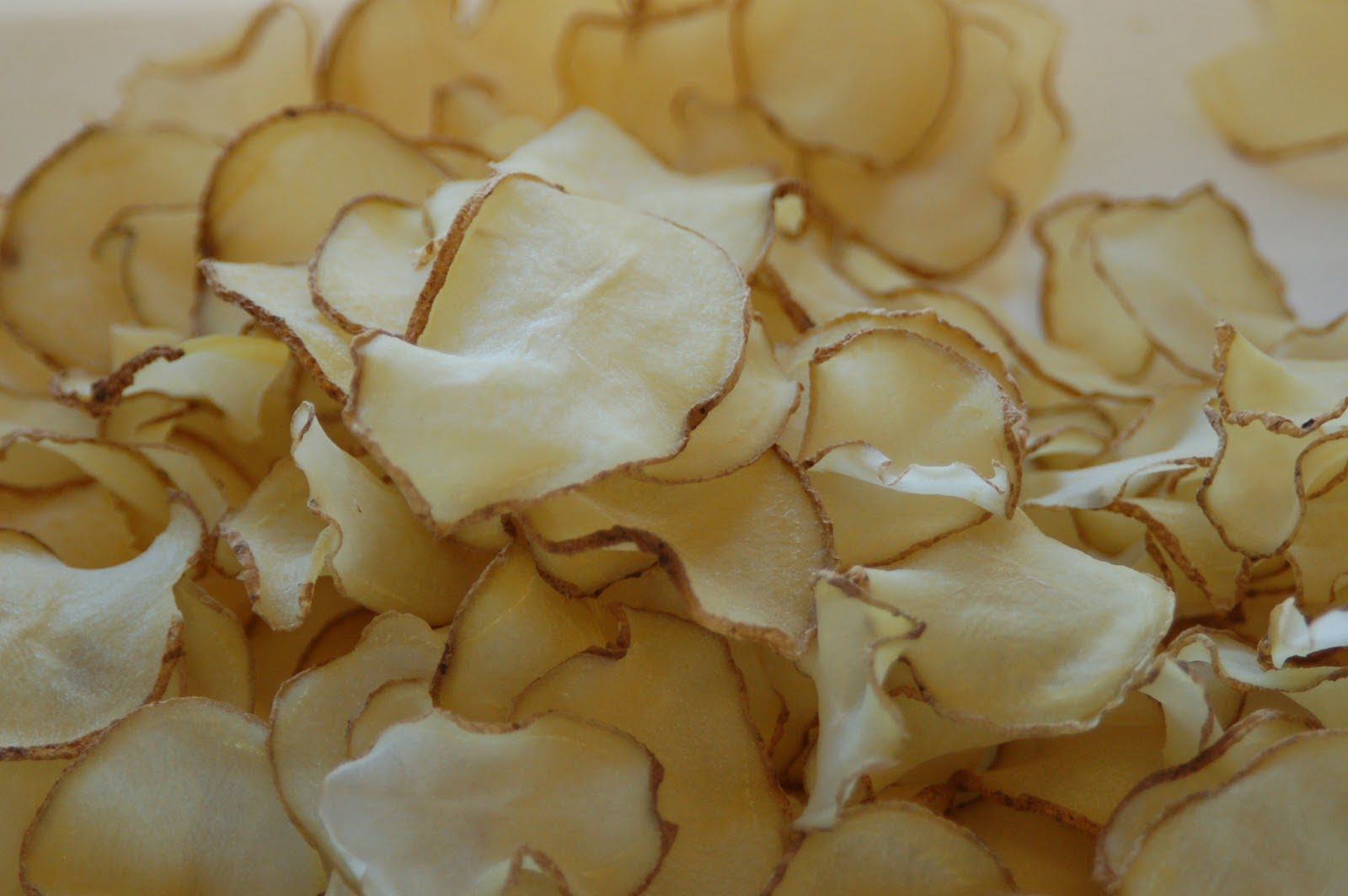
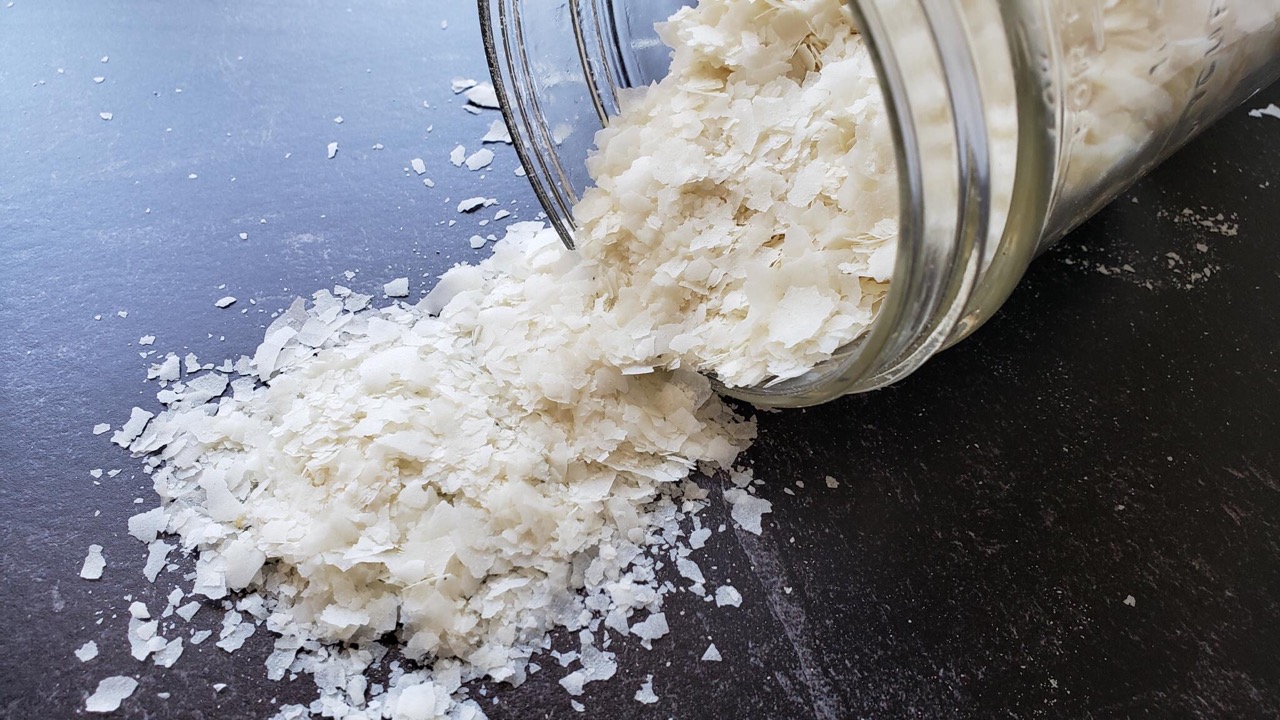
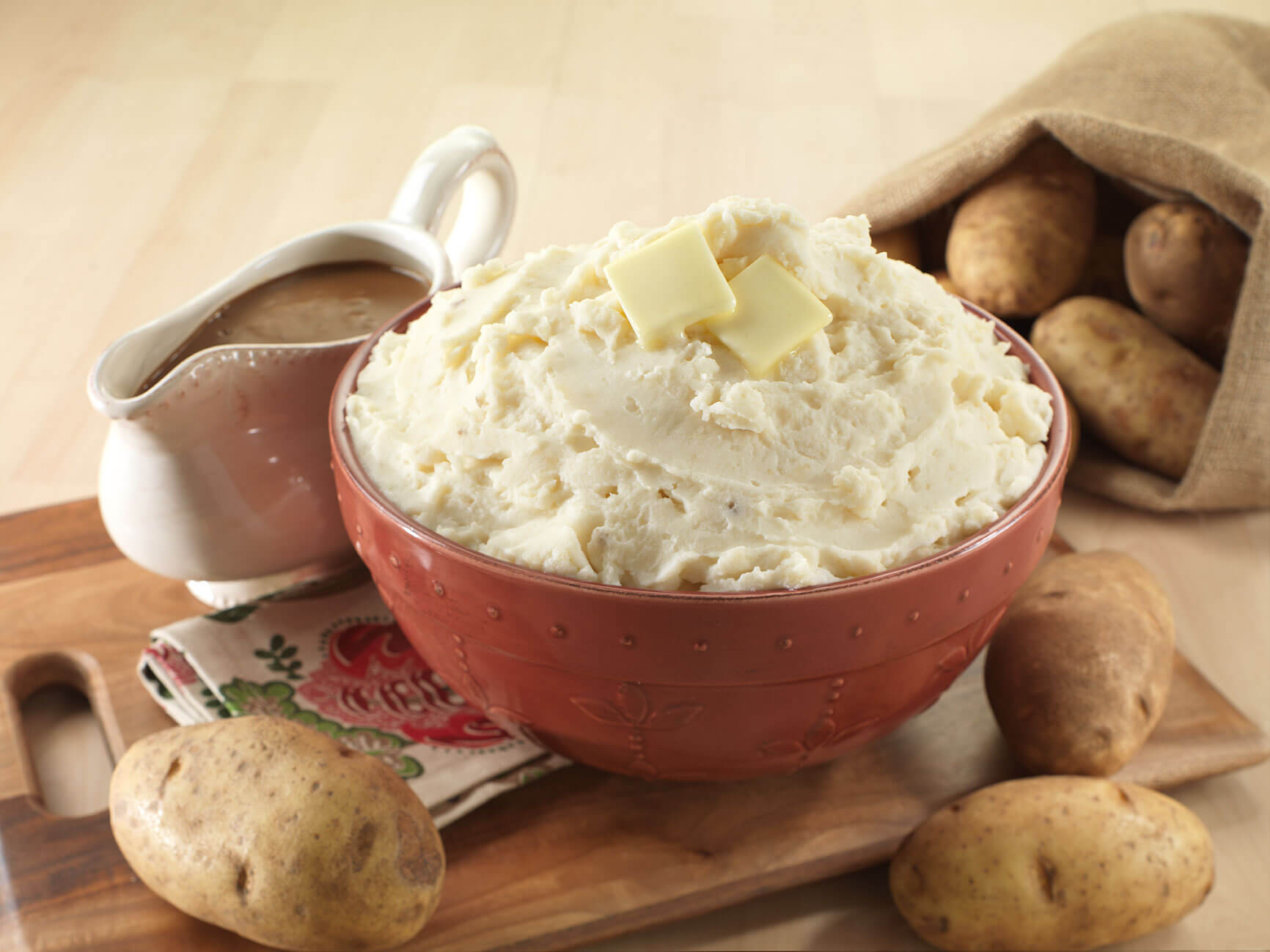


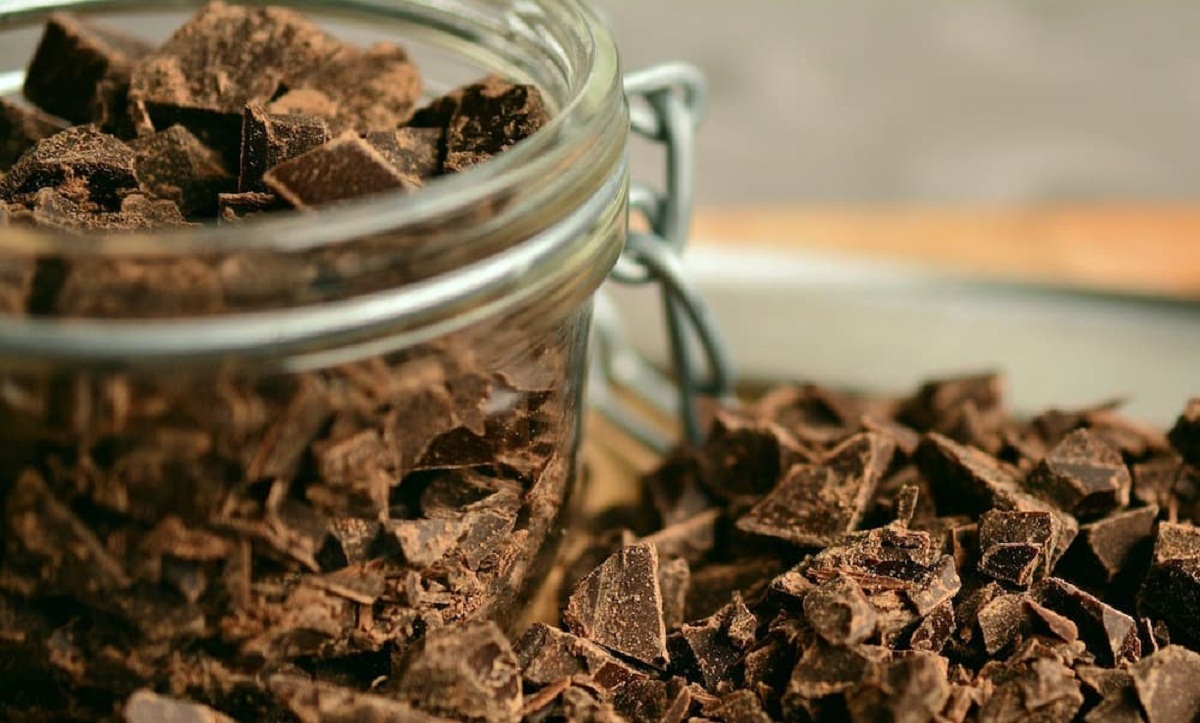

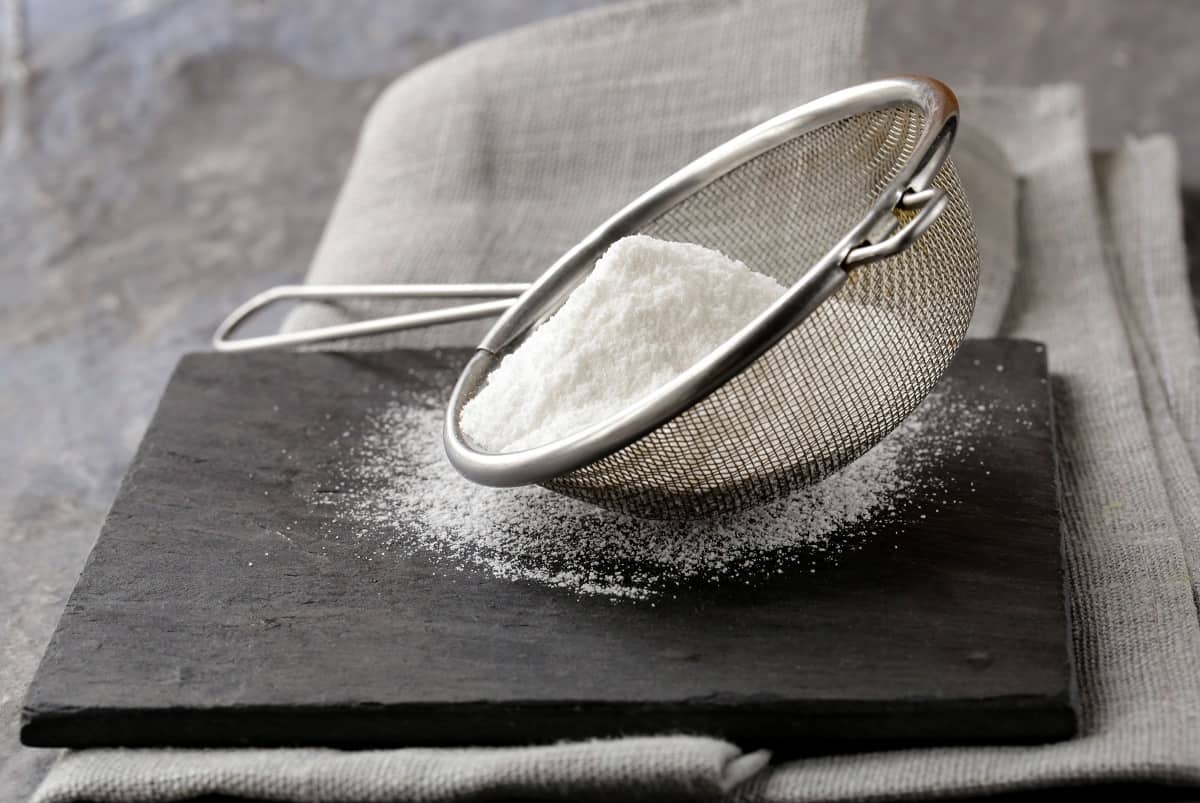
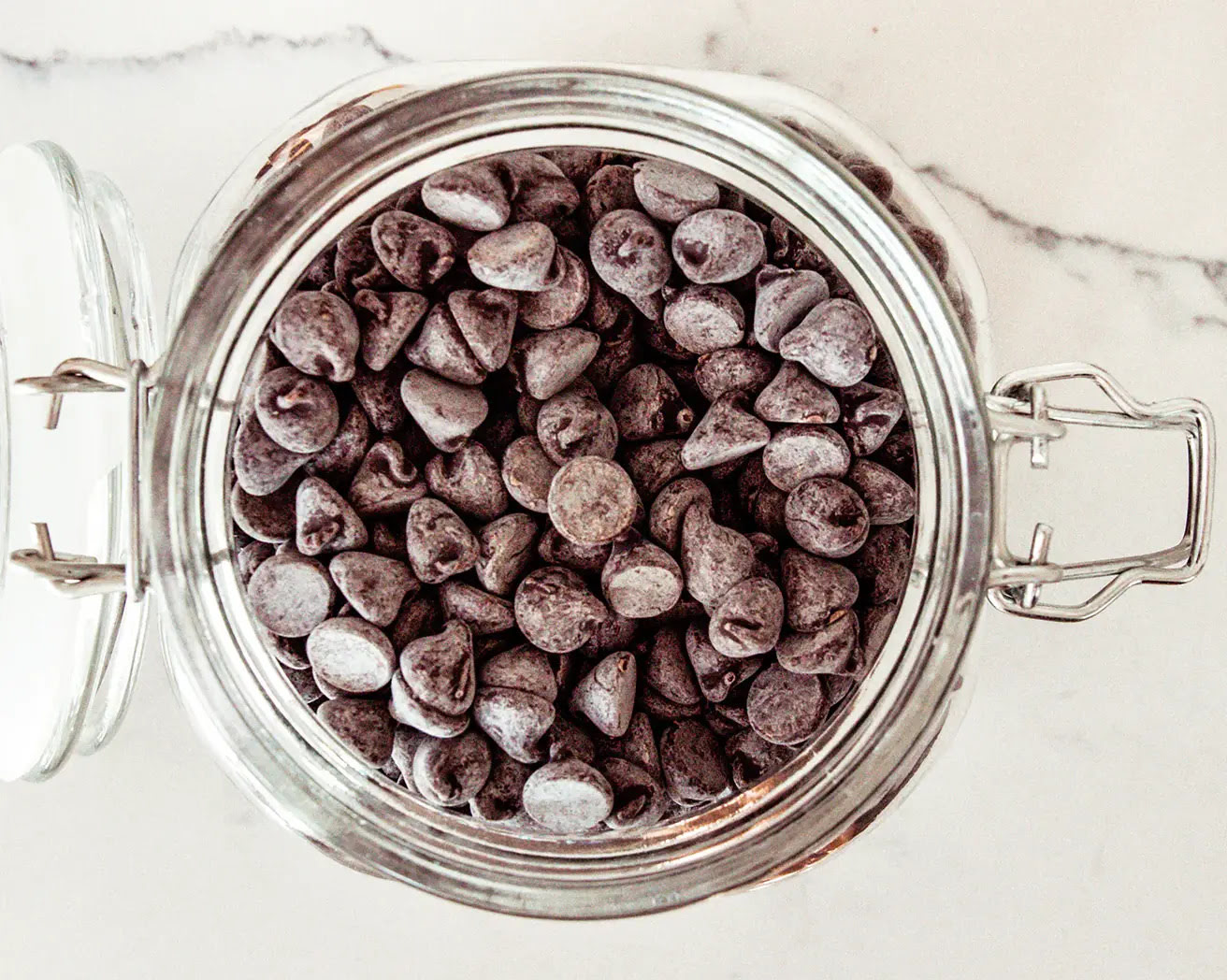
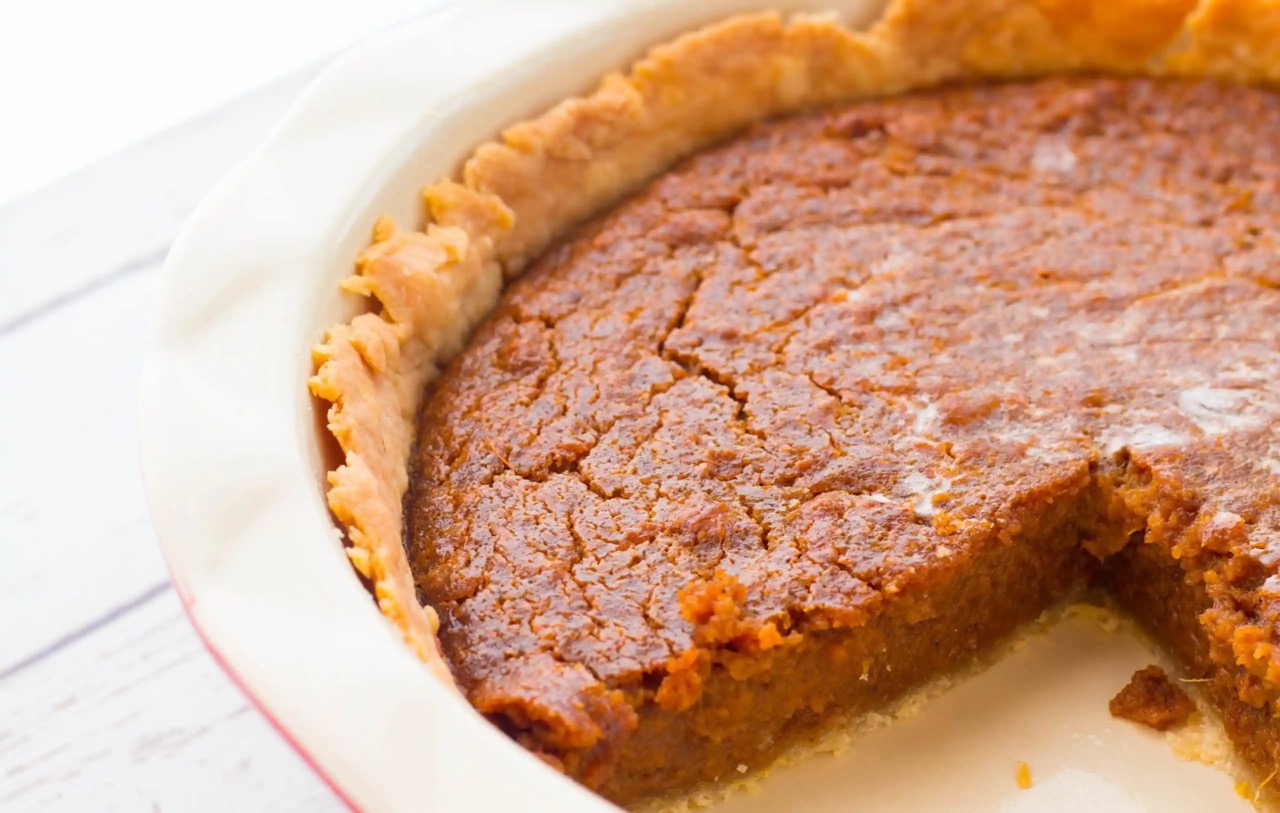





0 thoughts on “How To Store Sweet Potatoes Long Term”